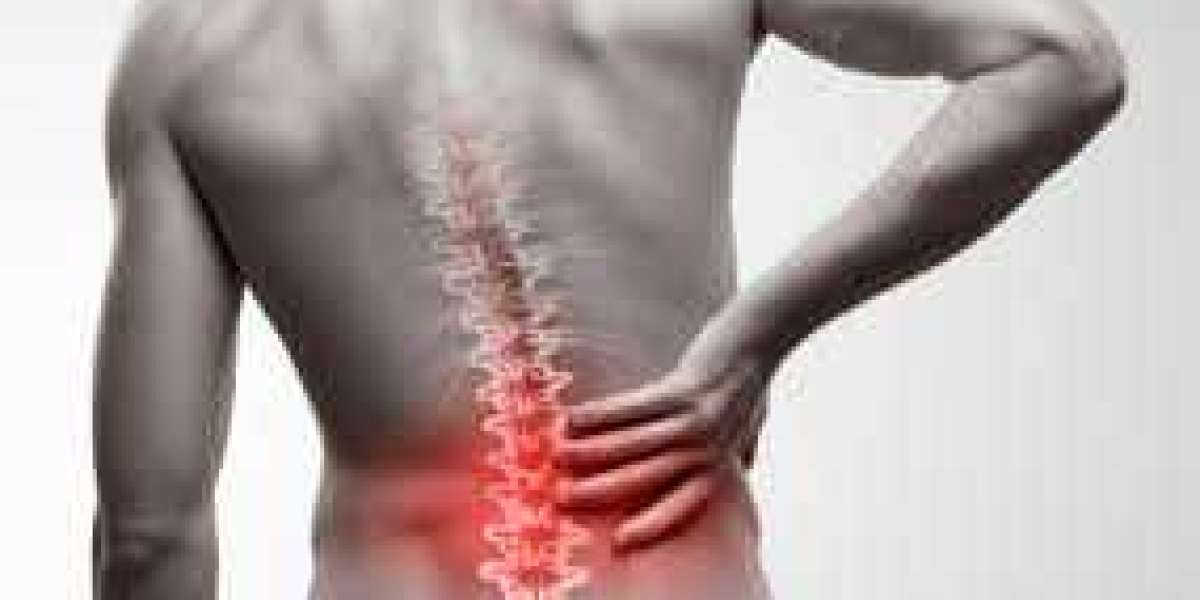Dealing with persistent back pain can significantly impact your daily activities, work performance, and overall well-being. However, back pain management can be a transformative approach to regaining control over your life. By understanding effective strategies and incorporating them into your routine, you can reduce pain, enhance mobility, and enjoy a more active lifestyle.
The Impact of Back Pain on Daily Life
Chronic back pain can affect various aspects of life, including:
- Physical Health: Reduced mobility and strength.
- Emotional Well-being: Increased stress, anxiety, or depression.
- Social Life: Limited participation in recreational activities.
- Work Productivity: Challenges in maintaining focus and efficiency.
Fortunately, with proper management techniques, these negative effects can be minimized.
1. Understanding the Benefits of Back Pain Management
Taking steps to manage back pain can result in numerous improvements:
| Benefit | How It Helps |
|---|---|
| Enhanced Mobility | Restores flexibility and makes movement easier. |
| Reduced Pain | Minimizes discomfort and reliance on painkillers. |
| Better Posture | Improves spinal alignment and reduces strain. |
| Improved Mood | Releases endorphins that boost mental health. |
| Increased Productivity | Enables you to focus on tasks without distraction. |
2. Adopt an Active Lifestyle
Regular physical activity is crucial for managing back pain and improving overall health.
Gentle Exercises to Begin
- Walking: A simple way to increase circulation and strengthen muscles.
- Swimming: Provides a low-impact workout that’s easy on the back.
- Stretching: Relieves tension and enhances flexibility.
Strengthening Exercises
| Exercise | How to Perform | Benefit |
|---|---|---|
| Plank | Hold your body in a straight line using forearms. | Strengthens core and back muscles. |
| Bridges | Lift your hips while lying on your back. | Targets lower back and glutes. |
| Bird Dog | Extend opposite arm and leg on hands and knees. | Improves balance and core strength. |
Perform these exercises 3–4 times per week for the best results.
3. Prioritize Ergonomics
Your environment plays a key role in back health. Ensuring proper ergonomics at work and home can prevent unnecessary strain.
| Area | Adjustment Tips | How It Helps |
|---|---|---|
| Workstation | Use a chair with lumbar support and keep your screen at eye level. | Promotes proper posture and prevents hunching. |
| Bedroom | Opt for a firm mattress and supportive pillow. | Ensures spinal alignment during sleep. |
| Daily Activities | Bend at the knees when lifting and avoid twisting motions. | Reduces risk of sudden injuries. |
4. Maintain a Healthy Weight and Diet
Excess body weight can put additional strain on your back. Eating a balanced diet supports overall health and aids in managing pain.
Key Nutrients for Back Health
| Nutrient | Sources | Benefits |
|---|---|---|
| Calcium | Milk, yogurt, leafy greens | Strengthens bones and prevents fractures. |
| Vitamin D | Sunlight, fortified cereals, fish | Aids calcium absorption for strong bones. |
| Omega-3 Fatty Acids | Salmon, walnuts, flaxseeds | Reduces inflammation and joint discomfort. |
Staying hydrated is equally important to keep your spinal discs lubricated and healthy.
5. Develop Good Postural Habits
Poor posture is a common cause of back pain. Correcting your posture can significantly relieve discomfort.
Tips for Maintaining Good Posture
- Sitting: Keep your back straight, shoulders relaxed, and feet flat on the floor.
- Standing: Distribute weight evenly on both feet and avoid slouching.
- Sleeping: Sleep on your back with a pillow under your knees or on your side with a pillow between your legs.
6. Incorporate Stress-Relief Techniques
Stress can intensify muscle tension and worsen back pain. Incorporating relaxation techniques into your routine can reduce these effects.
- Yoga and Pilates: Combine gentle stretching and strength-building exercises.
- Meditation: Focus on deep breathing to relax your body and mind.
- Massage Therapy: Eases muscle tension and improves circulation.
7. Use Heat and Cold Therapy
Alternating between heat and cold applications can provide relief from back pain.
- Heat Therapy: Apply a heating pad or warm towel to improve blood flow and relax muscles.
- Cold Therapy: Use an ice pack to reduce inflammation and numb sharp pain.
Apply each for 15–20 minutes, several times a day as needed.
8. Rest Smartly
While staying active is essential, rest is equally important for recovery.
- Alternate periods of activity and rest throughout the day.
- Lie down with a pillow under your knees to relieve lower back pressure.
- Avoid prolonged inactivity, as it can lead to stiffness.
9. Seek Professional Guidance
If back pain persists, consult an orthopaedic specialist or physiotherapist. They can recommend personalized treatments, including:
- Physical Therapy: Tailored exercises to target specific pain points.
- Manual Therapy: Techniques to improve spinal mobility.
- Medications or Injections: For more severe pain management.
Conclusion
Effective back pain management can transform your life by reducing discomfort, enhancing mobility, and improving emotional well-being. With the right strategies—such as staying active, maintaining good posture, and managing stress—you can achieve long-term relief and enjoy a more fulfilling life. Start incorporating these tips today and take the first step toward a healthier, pain-free back.






